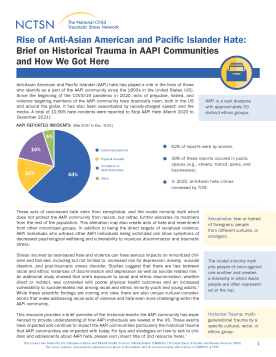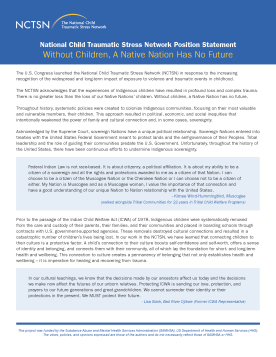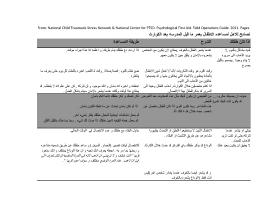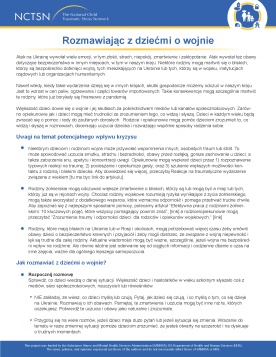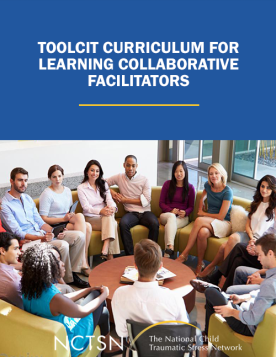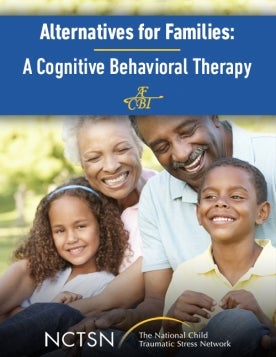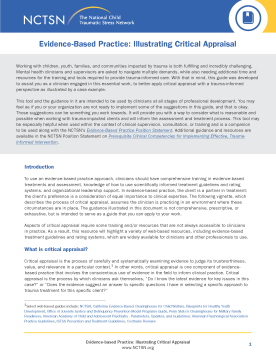
Talking to Youth about Anti-Asian American and Pacific Islander Hate
Provides an understanding of why it is important to talk to children about hate-based violence against AAPI communities, how to recognize signs of traumatic stress and its impact, how to begin a conversation with youth about anti-AAPI hate, and what can be done in response.
